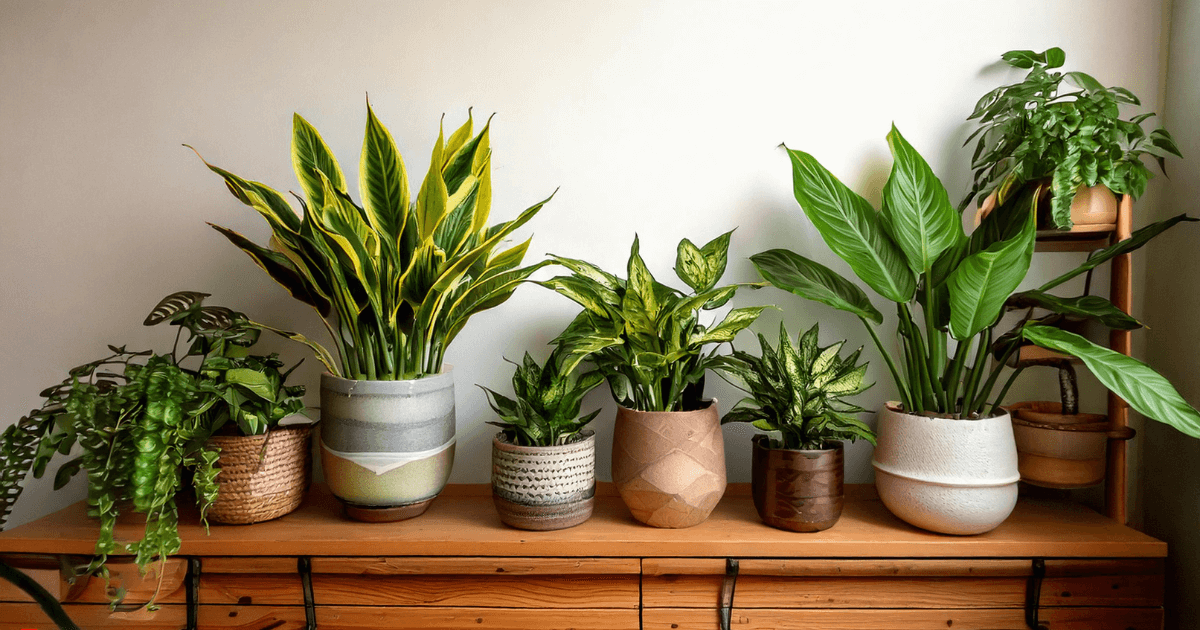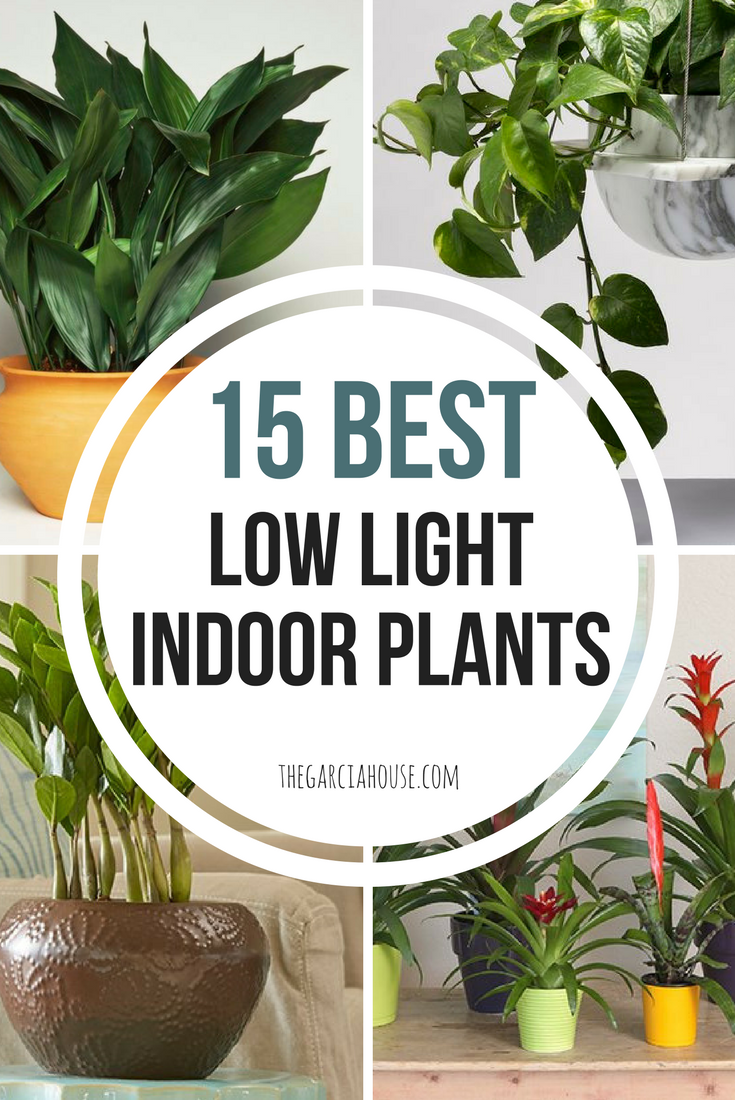Reveal the Keys of Low-Light Indoor Plants and Exactly How They Boost Your Setting
Low-light indoor plants have gathered enhancing focus for their unique ability to improve both aesthetic charm and ecological top quality within homes and work environments. These durable species, consisting of the Serpent Plant and Tranquility Lily, not just grow in difficult lights conditions but also play a pivotal function in air filtration and psychological well-being.
Advantages of Low-Light Indoor Plants
Although numerous people think that indoor plants need abundant sunlight to grow, low-light indoor plants provide a wide range of benefits that make them excellent for various atmospheres. One of the key advantages is their versatility; they can grow in areas with limited natural light, such as workplaces, cellars, or spaces with tiny windows. This feature allows people to enhance their surroundings with greenery, contributing to boosted looks without the demand for extensive lighting modifications.
Additionally, low-light interior plants can significantly improve indoor air top quality by launching and filtering damaging toxic substances oxygen, making living spaces healthier. The visibility of plants has been linked to greater feelings of serenity and focus.
Furthermore, low-light plants typically call for less upkeep than their sun-loving equivalents, making them suitable for hectic people or those new to horticulture. Their resilience permits them to love minimal treatment, hence supplying a gratifying experience for plant fanatics and beginners alike. In recap, low-light indoor plants offer both visual and practical objectives, making them useful additions to any area.
Leading Low-Light Plant Varieties
Low-light indoor plants can be found in a variety of types, each offering unique attributes and advantages suited for dim settings. Amongst one of the most preferred selections is the Snake Plant (Sansevieria), understood for its air-purifying abilities and architectural leaves. This durable plant grows on neglect and can tolerate a large array of light conditions.
An additional outstanding option is the ZZ Plant (Zamioculcas zamiifolia), which features glossy, dark eco-friendly leaves and is highly drought-tolerant. Its flexibility makes it a favorite for offices and homes with restricted sunlight.
The Pothos (Epipremnum aureum) is also a top competitor, with its routing vines and heart-shaped leaves - Best low-light indoor plants. This flexible plant can be trained to climb or cascade, adding visual interest to any space

Treatment Tips for Low-Light Plants
Caring for low-light interior plants requires a nuanced understanding of their details demands to make sure optimal development and vitality. First, it is important to pick the ideal potting mix, as a well-draining soil is essential to avoid origin rot. A why not try this out mix developed for houseplants, often consisting of peat moss and perlite, works well for a lot of low-light varieties.
Watering is one more essential aspect of treatment. Low-light plants usually need less frequent watering compared to their sun-loving counterparts.
Fertilization should be come close to with care. Throughout the expanding period, a diluted fluid plant food can be applied monthly, but in winter season, lots of low-light plants get in dormancy and require little to no fertilization.
Finally, it's vital to periodically cleanse the fallen leaves to get rid of dust, permitting much better light absorption. By adhering to these treatment ideas, you can cultivate a successful atmosphere for your low-light interior plants, boosting both their look and durability.
Enhancing Air Quality With Plants
Interior plants play a considerable duty in boosting air quality within homes and workplace. Through the procedure of photosynthesis, these plants soak up site web co2 and launch oxygen, adding to a healthier environment. Additionally, certain low-light indoor plants possess the ability to filter damaging contaminants, such as trichloroethylene, benzene, and formaldehyde, which are commonly found in interior atmospheres.

Furthermore, the presence of interior plants can raise humidity degrees, which helps ease dry skin and breathing issues, additionally boosting overall health. This ability to improve air top quality not just promotes physical health and wellness but additionally supports mental health.
Including low-light indoor plants into your living and working spaces can bring about a more lively and invigorating atmosphere (Best low-light indoor plants). Buying these natural air purifiers is a basic yet effective technique for improving interior air top quality and fostering a healthier way of life
Producing a Tranquil Indoor Room
The integration of plants into living spaces not only improves air high quality yet additionally contributes to a relaxing ambience. Low-light interior plants, such as serpent plants and pothos, are specifically reliable in developing a calm environment, as they thrive in conditions that may otherwise be unwelcoming for various other plant. Their lavish vegetation supplies a soothing visual, minimizing stress and anxiety and advertising leisure.
Incorporating these plants into your office or home can stimulate a sense of tranquility and wellness. Purposefully positioning them in locations where you invest substantial time, such as living areas or work spaces, enables for an immersive experience with nature, which has actually been revealed to boost mood and cognitive function.
In addition, the gentle movement of leaves in action to air flow can produce a dynamic aesthetic component that enhances the total setting. Think about making use of a range of plant heights and textures to include depth and passion to your area. With thoughtful placement and treatment, low-light indoor plants can change any type of area right into a tranquil shelter, promoting not only visual satisfaction but psychological and likewise psychological wellness.

Verdict
Including low-light you could try this out interior plants right into numerous environments yields significant benefits, consisting of improved air quality and enhanced aesthetic appeal. The transformative power of low-light plants underscores their worth in boosting both occupational and domestic settings.
Although several people assume that interior plants need bountiful sunlight to thrive, low-light interior plants provide a multitude of advantages that make them suitable for different environments.In addition, low-light indoor plants can dramatically improve interior air quality by launching and filtering dangerous toxins oxygen, making living rooms healthier. Furthermore, particular low-light indoor plants possess the ability to filter dangerous pollutants, such as trichloroethylene, formaldehyde, and benzene, which are typically discovered in interior environments.
Low-light indoor plants, such as snake plants and pothos, are specifically reliable in creating a serene atmosphere, as they prosper in problems that might or else be inhospitable for other greenery.Integrating low-light interior plants right into various settings returns significant advantages, including improved air quality and enhanced aesthetic charm.